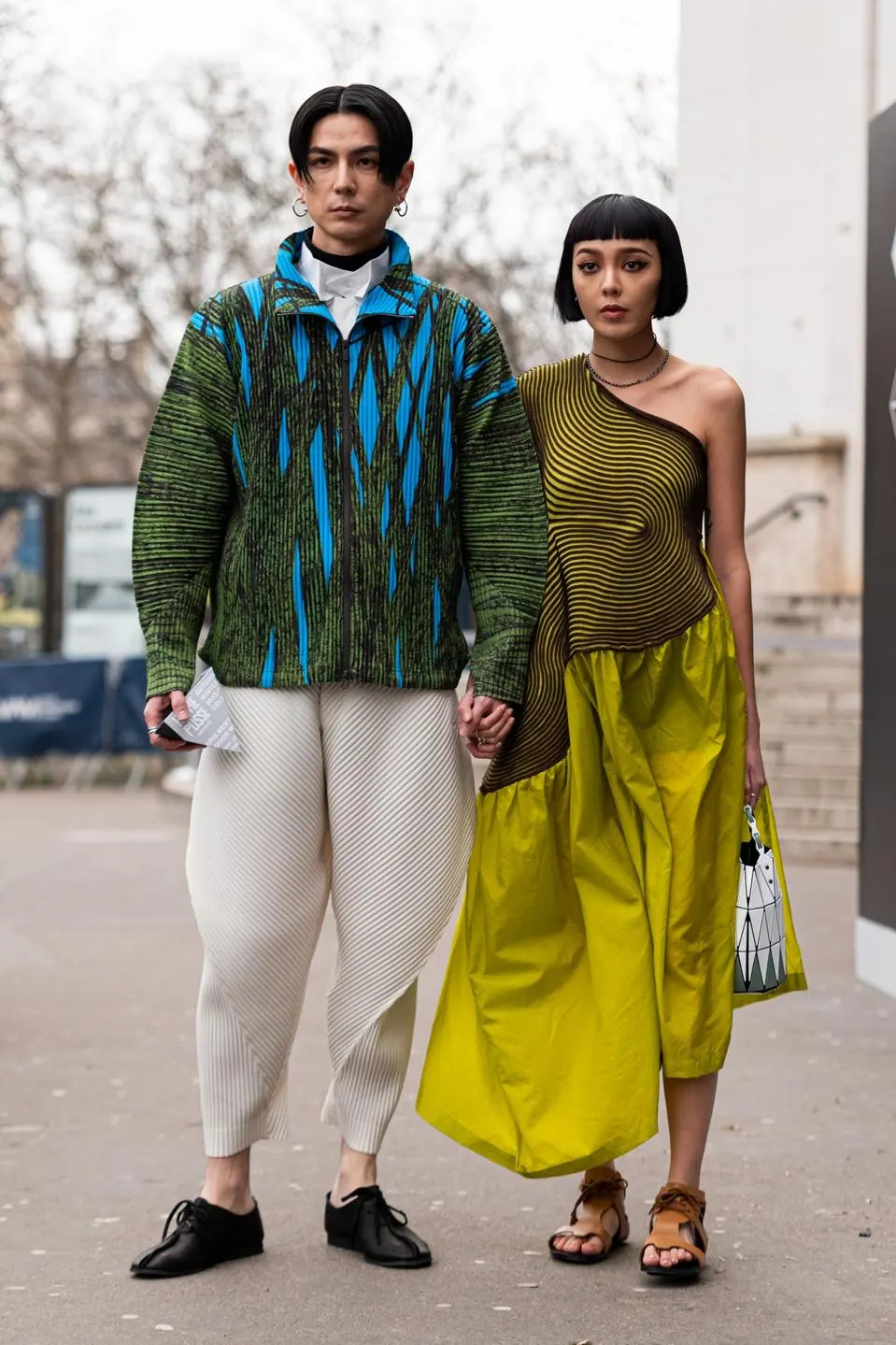It’s a new year, Warriors, and that means it’s time for some new looks. Fashion for 2024 promises to be different from the Y2K and Barbiecore trends that dominated last year, but what will take their place? Trend predictors say some clashing trends will arise, such as the continuation of quiet luxury, but also a return of maximalism.
Of course, it’s impossible to predict fashion trends exactly, but trends tend to derive from society at large. For example, activewear and comfortable clothes were immensely popular during the COVID-19 pandemic, according to Women’s Wear Daily. In essence, fashion trends are determined by culture, and it’s a fashion designer’s job to interpret culture so their designs can stay relevant. Keep an eye on the runway for the best executions of particular ideas.
Maximalism inspired by the 80s- The past couple years fashion trends were dominated by the 90s and the 2000s—now it’s the 80’s turn. The 1980’s encapsulated so many trends and movements, including the punk movement, the rise of hip-hop and power-dressing for women. CNN predicts a resurgence of leggings, a once-mocked 80’s trend. Strong shoulders, denim-on-denim, geometric prints, bright colors, metallics and monochromes are in, according to Forbes. Lastly, prep also became a cultural force in the 80’s.

Photo found at www.forbes.com.
More quiet luxury- This migrated from 2024, popularized by the show Succession. Quiet luxury, in essence, is the idea that wealthy people don’t spend their wealth conspicuously. Instead, they display their wealth in less obvious ways, so that those in the know understand. For example, you might buy a $650 cotton tee from The Row, when you could buy something fairly similar from The Gap for $29.95. Quiet luxury is basically the flex that I could spend my money in more obvious ways, but I choose to buy what everyone else does, except more expensive. The launch of Phoebe Philo’s eponymous line last year was lauded for its attention to detail, simplicity and quiet subversion of the classics, but received criticism for its high prices, according to the New York Times. In essence, the perfect representation for quiet luxury.
A resurgence of the prep aesthetic- Preppy, the older sister of quiet luxury, is similarly characterized by the appearance of old money. Prep is relaxed and casually athletic. This style was popularized and brought into the common American lexicon by brands like Ralph Lauren and later, J. Crew, according to Maggie Bullock’s book, The Kingdom of Prep: The Inside Story of the Rise and (Near) Fall of J.Crew. The aesthetic is taken from what people in prep and Ivy League schools wore, according to InStyle. Traditional preppy style includes polos (particularly those from Lacoste), loafers, pleated skirts and chinos, according to Harper’s Bazaar. According to Real Simple, the resurgence of prep is partially due to a backlash against the ever more casual styles that dominated our quarantine years.
Getting back to the basics- More simplified styles are mounting a comeback. Luxury prices are rising, so there’s more of an interest in versatility by consumers. Fashion outlets, like Who What Wear, are even suggesting consumers should save up and buy accessories like jewelry and handbags that will always be chic and can be worn again and again with a variety of outfits to always be on trend. Basics are inspiring again, partly because of the new book, CBK: Carolyn Bessette-Kennedy: A Life in Fashion, which contains photographs of the inadvertent style icon. This trend is focused on details, a neutral color palette, and un-ostentatious dress.
Femme clothing- With the cultural force that was Barbie last year, there’s been a rise in expressions of femininity in clothing through shades of riotous pink and joyful clothing. From the runway last year, hyper-feminine elements like rosettes, tulle and ruffles were displayed in fashion shows. This trend is best exemplified by the recent ballet-inspired collection by Christian Siriano. With this trend, expect more pastel shades, florals and lacy details in the year to come. According to The Guardian, hyper-feminine fashion is the product of nostalgia and partially is a backlash against the ultra practicality that has arisen in fashion.
Additionally, Glamour predicts big bags, the color red, and sparkles in the form of sequins and paillettes to have their moment in 2024.


